A Complete Analysis of “Cemetery, New Mexico” by Marsden Hartley
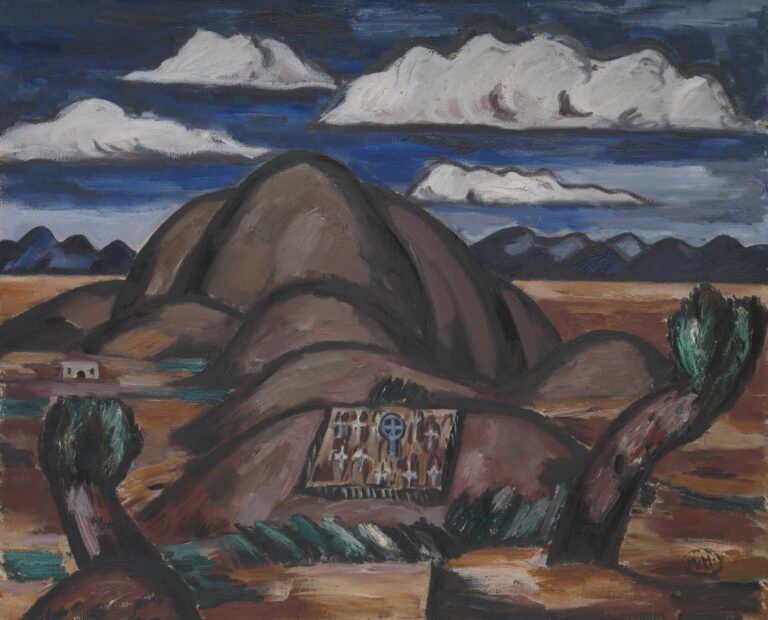
Delve into Marsden Hartley’s Cemetery, New Mexico (1924): a modernist meditation on mortality where adobe mound, embroidered cloth, and desert landscape unite in symbolic harmony.

Delve into Marsden Hartley’s Cemetery, New Mexico (1924): a modernist meditation on mortality where adobe mound, embroidered cloth, and desert landscape unite in symbolic harmony.
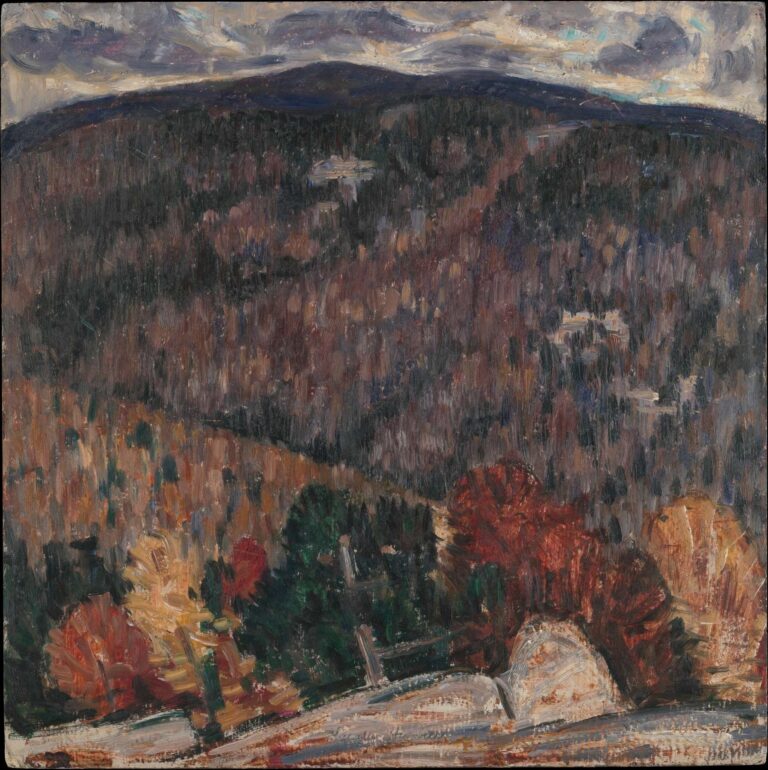
Delve into Marsden Hartley’s Landscape No. 25 (1909): a transformative Maine vista where rhythmic brushstrokes, vibrant autumnal hues, and flattening spatial planes foreshadow the artist’s modernist trajectory.
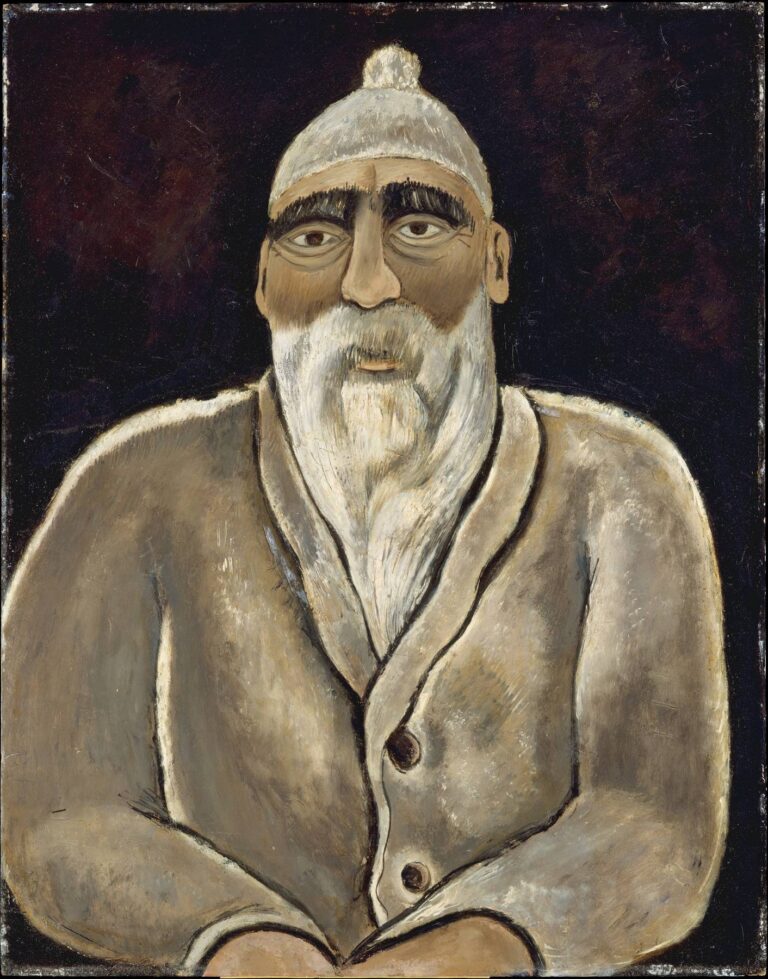
Explore Marsden Hartley’s Albert Pinkham Ryder (1938): a modernist homage where bold outlines, muted tones, and textured impasto evoke the visionary spirit of a pioneer American artist.
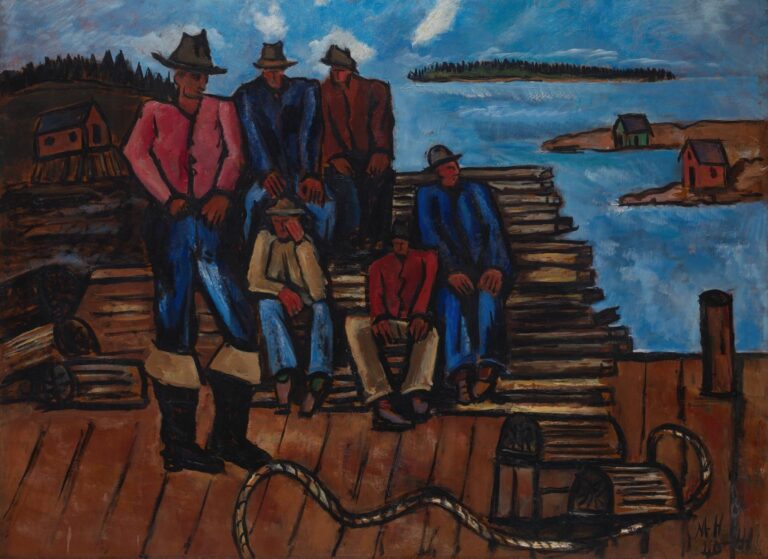
Delve into Marsden Hartley’s Lobster Fishermen (1941): a bold Maine scene where outlined figures, earthen tones, and coastal vistas unite in a powerful testament to labor and resilience.
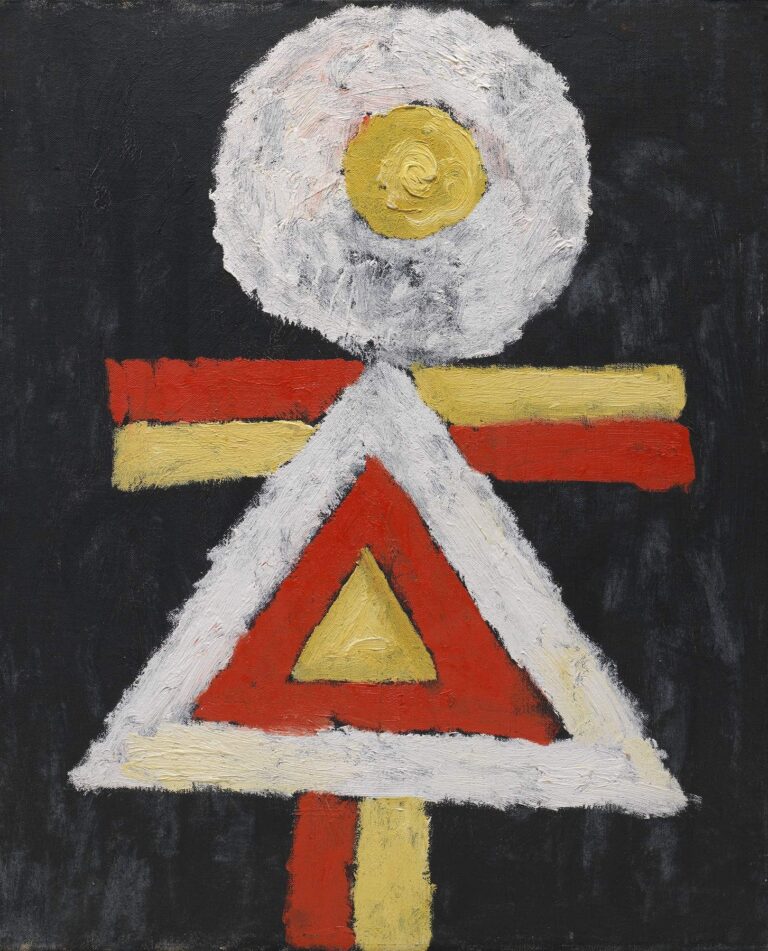
Discover Marsden Hartley’s Geometric Figure: a bold abstract work where circles, bars, and triangles converge in red, yellow, white, and black to convey spiritual balance and human resilience.
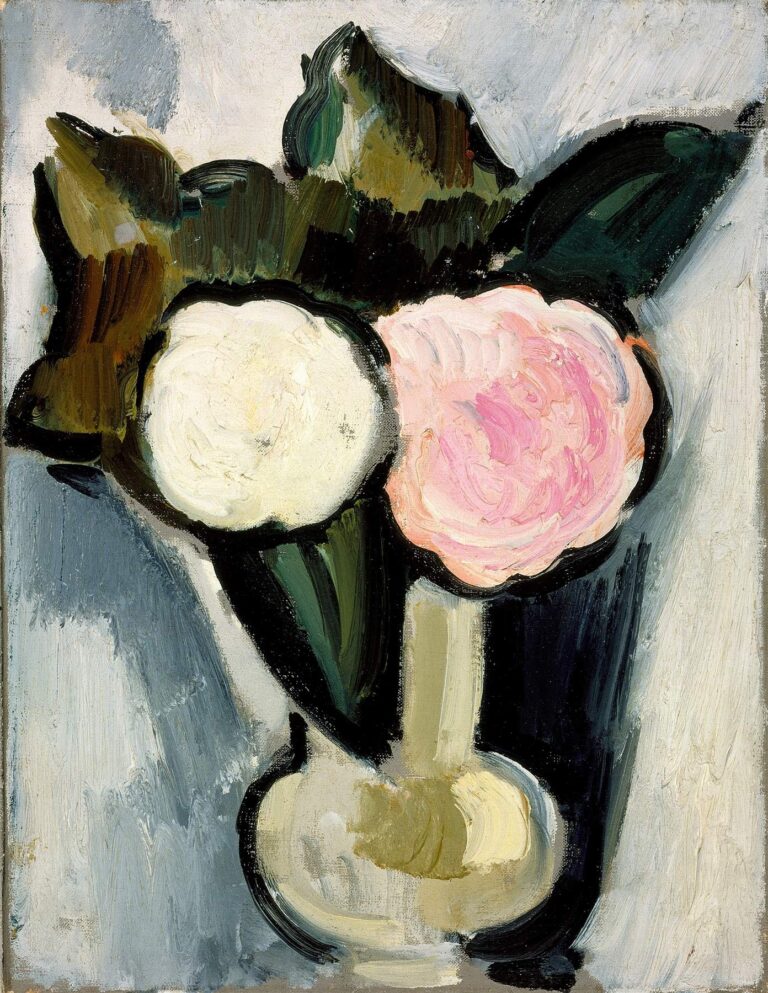
Explore Marsden Hartley’s Pink and White Flowers in a Vase (1929): a late Maine‑period masterpiece where bold outlines, impasto blooms, and abstracted interiors fuse into a vibrant modernist still life.
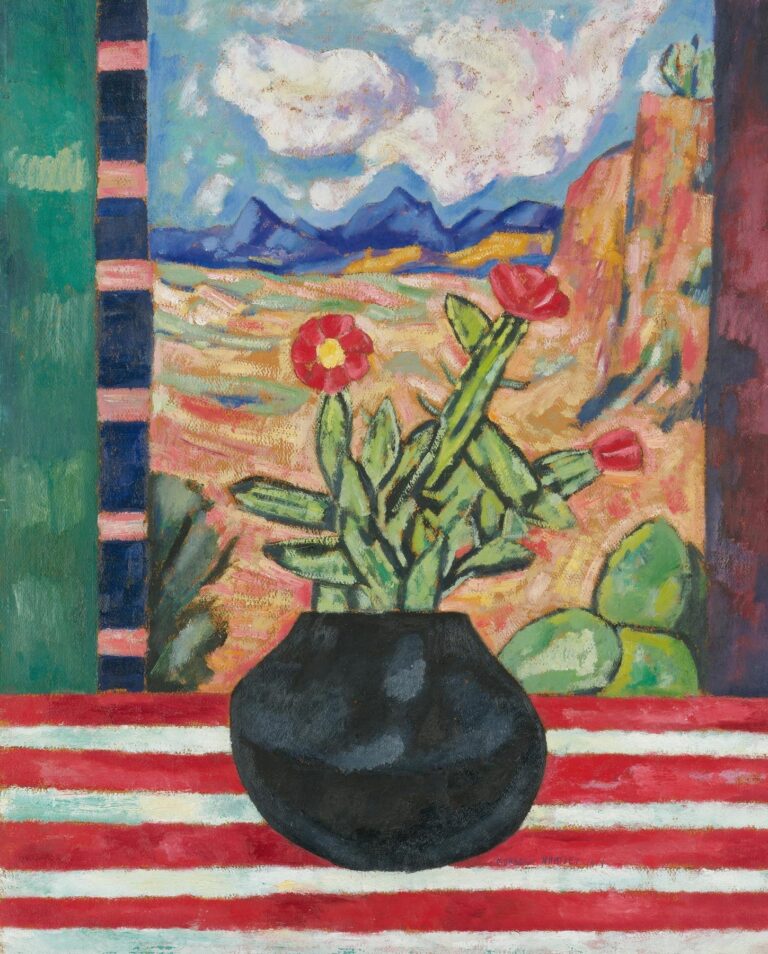
Discover Marsden Hartley’s Still Life (1919): a vibrant oil painting where a cactus in a black pot meets a stylized desert landscape, blending domestic interior with elemental resilience in bold color and form.
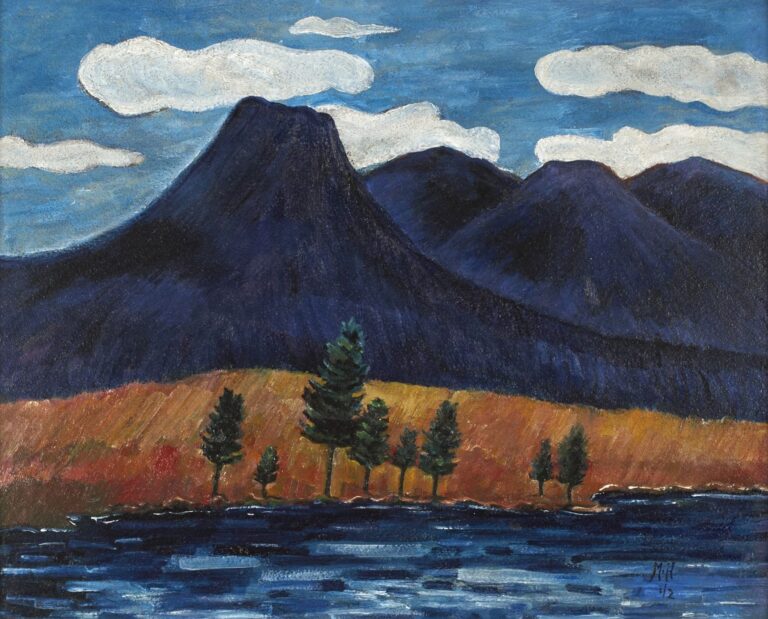
Explore Marsden Hartley’s Blue Landscape (1942): a masterful Maine painting where indigo mountains, shimmering river, and stylized evergreens unite in a modernist meditation on nature’s timeless power.
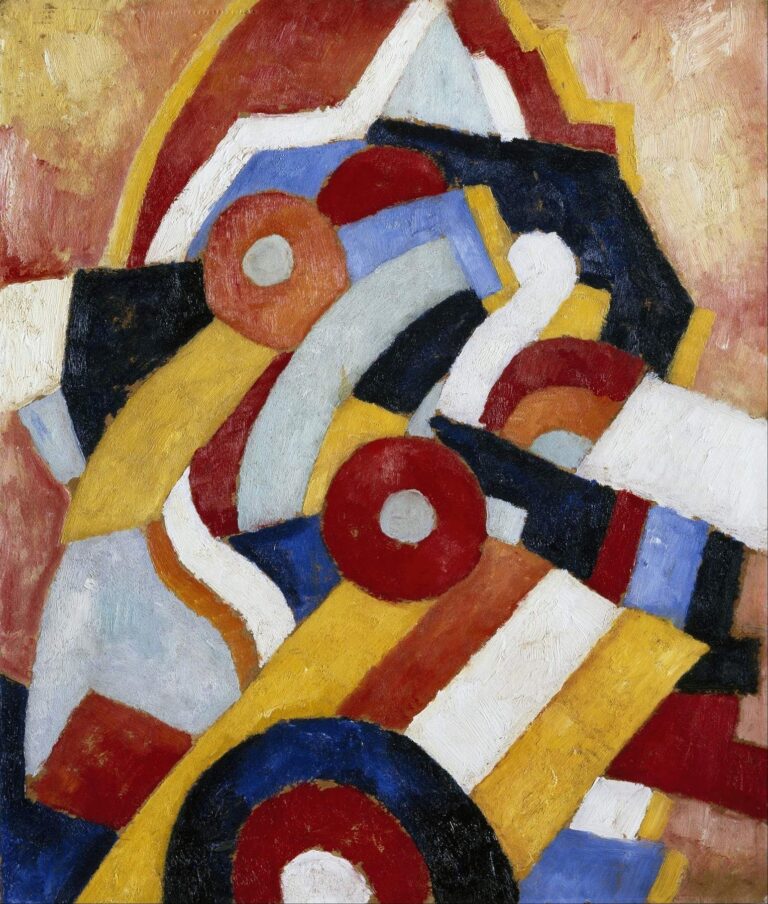
Explore Marsden Hartley’s Abstraction (1914): a groundbreaking pre‑WWI canvas where interlocking geometric forms and primary colors fuse into a spiritual manifesto of modernist motion.

Dive into Marsden Hartley’s Himmel Sky Object (1915): an exuberant Berlin‑era abstraction where sunbursts, starbursts, zigzags, and totemic iconography fuse into a cosmic carnival of color and form.
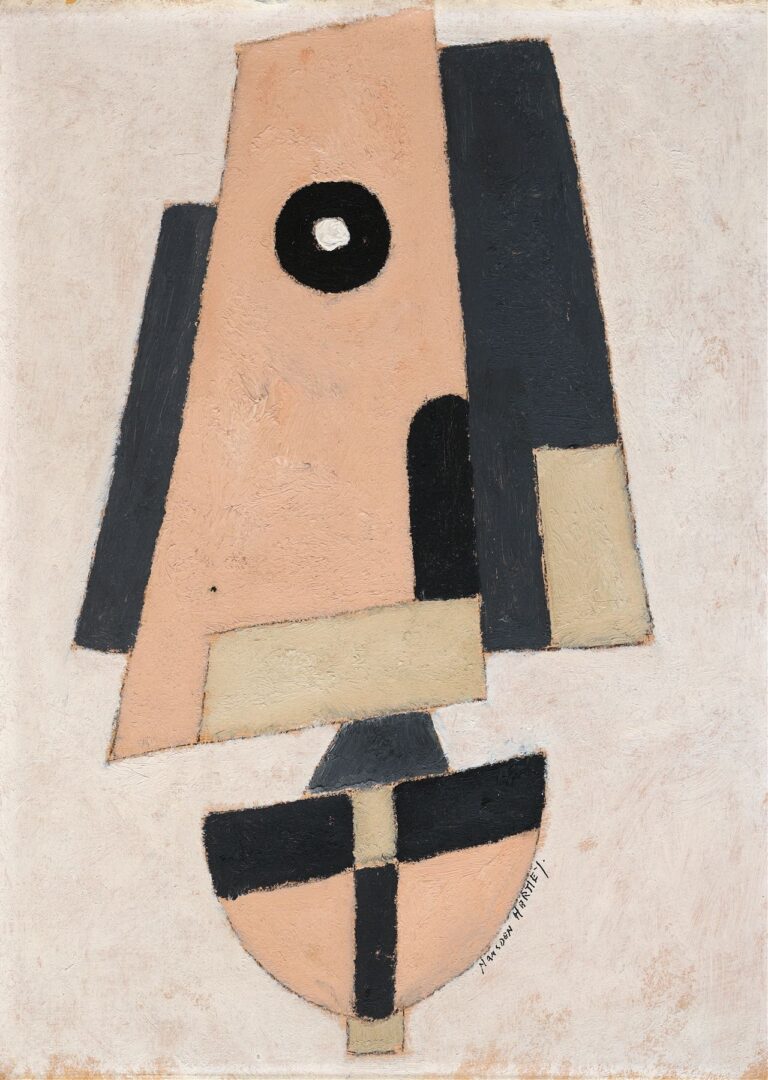
Explore Marsden Hartley’s Movement, Bermuda (1916): a pivotal abstract painting where geometric forms, oceanic rhythms, and wartime exile converge in a dynamic study of motion and light.
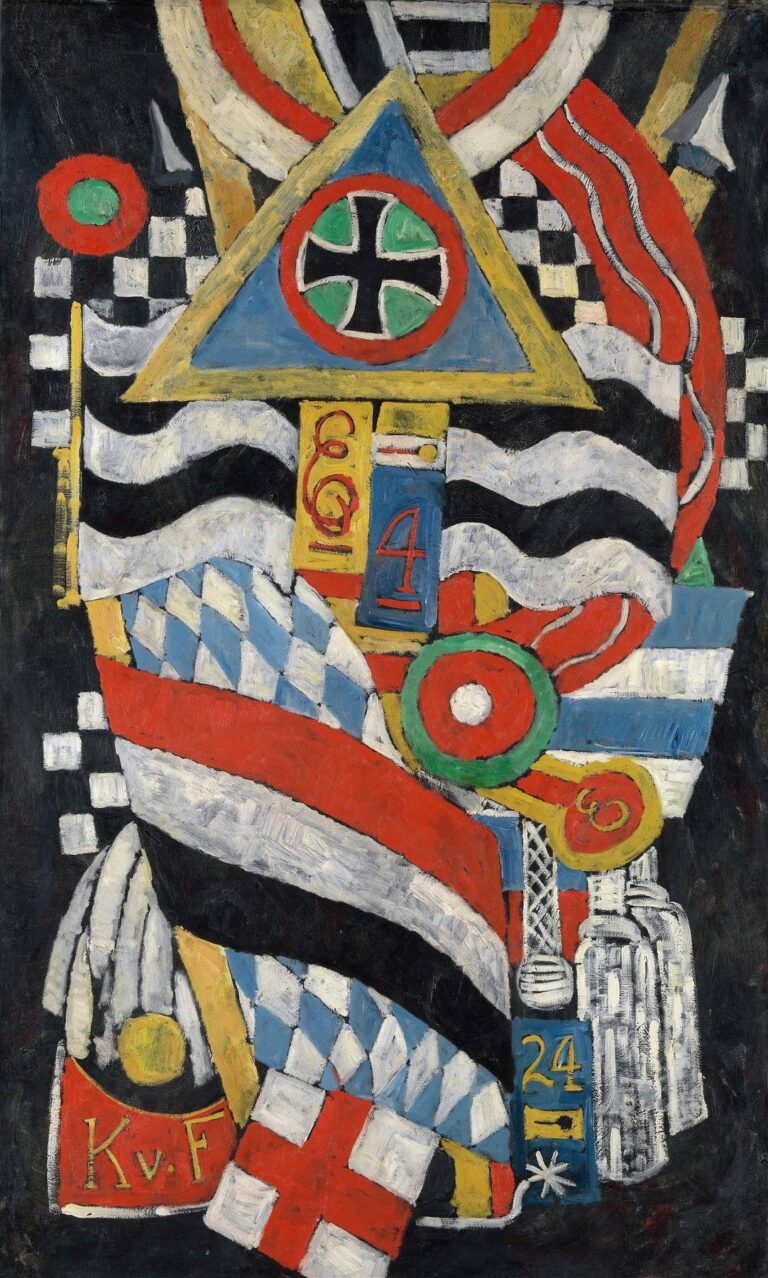
Marsden Hartley’s “Portrait of a German Officer” (1914) is a landmark of modernist abstraction and coded emotional expression. This analysis explores the painting’s symbolic language, historical context, and hidden tribute to Karl von Freyburg, offering insight into Hartley’s unique fusion of grief, identity, and avant-garde form.